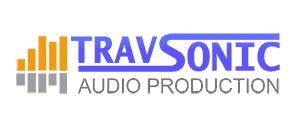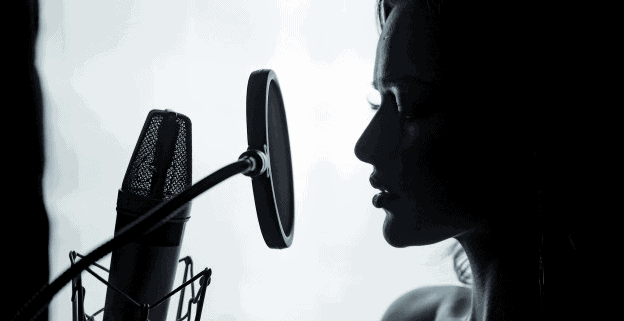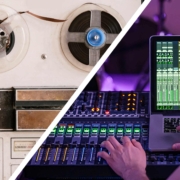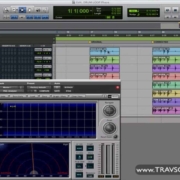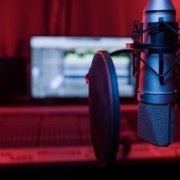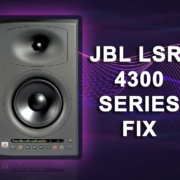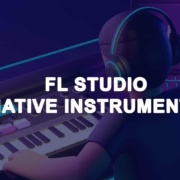Top 3 Affordable Microphones and Interfaces for Your Project
When it comes to audio recording, you learn quickly that the front end of your studio setup is one of the most important investments you can make to get decent results. Of course, this does not overshadow the fact production still needs experience, but all these aspects work hand-in-hand.
The result is based on the first steps you take in production. As they say, it is 90% preparation and 10% execution. Likewise, this is the same for video production for example. If you start shooting a video with low-quality cameras and lenses, the final result will never live up to expectations. No matter how much you try to fix it in post-production, the quality will reflect what you put in at the start. Live by the rule of quality in, quality out.
I’ve always told my students to invest in quality gear on the front end of their studio setups. This includes quality speakers, microphones, interfaces, and computers. You don’t have to break the bank or buy the most expensive gear, but many great entry-level equipment options will get you wonderful results. Technology has come such a long way from just a decade ago to make it affordable. This wasn’t always the case until now. Invest in your craft, business, and artistry. It will be reflected in the final production.
In this article, I will give my recommendations for front-end audio gear which I’ve found to get the job done at affordable budgets. It will give professional results for audio production without emptying your bank account.
The Beginner Microphone
Your microphone will be one of the most important tools in audio recording, aside from the computer. It will capture the character, emotion, and depth of the sound source. Think of the microphone as the paintbrush for the digital canvas which is the DAW. Along with a quality interface, you will be on the right track to producing a great audio recording. I will be listing my affordable go-to microphone options at the lowest to highest price. Not necessarily rank in sound quality or features.
1. Rode NT1 and NT1-A | $229 – $270
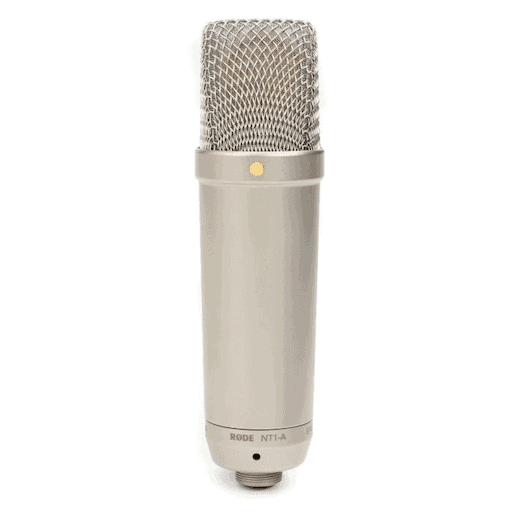 The first microphone I purchased for the studio was the Rode NT1. This was an affordable microphone at the time when I started, and surprisingly it gave professional results for many years on lucrative projects. It was used going through an Avalon 737 mic preamp which was a great match.
The first microphone I purchased for the studio was the Rode NT1. This was an affordable microphone at the time when I started, and surprisingly it gave professional results for many years on lucrative projects. It was used going through an Avalon 737 mic preamp which was a great match.
This mic doesn’t have any special bells or whistles. It’s a fixed cardioid polar pattern condenser with no switch options. Nevertheless, for its sound and price affordability, it all made up for it.
My first reaction to this mic was the high output gain of +13.7dBu. You didn’t have to push the preamp volume and the noise floor was very low. This is a very quiet microphone which is great for recording low-volume sound sources, as well as the loudest guitar amp having a maximum SPL of 137dbSPL. Since there is no pad switch, you will have to have a pad switch on the interface or preamp when recording loud sources. But, most interfaces in the market today have this option.
This mic comes packed with a shock mount, cord, and pop filter. Great value for all these additional items. With this, you can purchase, set up, and start recording right out of the box.
For the price, it’s perfect to purchase a pair of stereo recordings such as drum overheads or acoustic guitars. The high-frequency range could be a little harsh at times, but nothing the old trusty EQ couldn’t fix during mixing. Again, this is a great starter microphone that will get you quality results on a limited budget. Highly recommended for almost any recording project.
NT1-A Sound Samples
2. BLUE Bluebird | $300
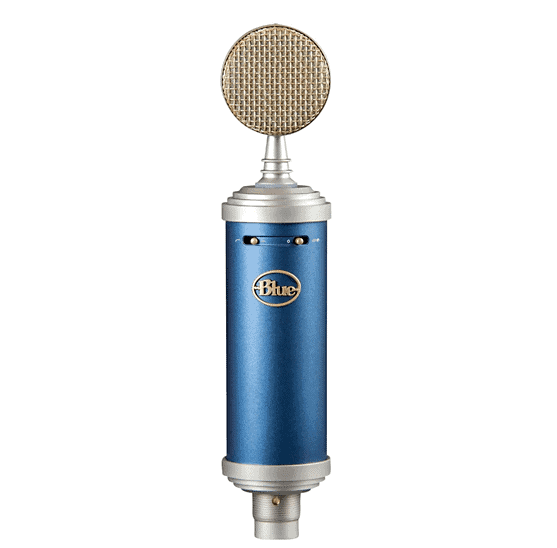 The Bluebird is a great microphone option at an affordable price with high reviews like the NT1-A. From experience, the mic has a warm natural open sound that can be utilized on many sources such as vocals, voice-over, and instruments. It has a maximum SPL of 138dbSPL, so you don’t have to worry about overloading this mic even on the loudest guitar amp.
The Bluebird is a great microphone option at an affordable price with high reviews like the NT1-A. From experience, the mic has a warm natural open sound that can be utilized on many sources such as vocals, voice-over, and instruments. It has a maximum SPL of 138dbSPL, so you don’t have to worry about overloading this mic even on the loudest guitar amp.
Of course, in this price range, it only has a fixed cardioid polar pattern, but the new SL version does have a -20dB pad and high-pass filter switch which is an upgrade from the previous version. Its output gain of + 12dBV means it’s a quiet microphone and you don’t have to raise the volume on a preamp too much to get a good audio level.
This microphone comes in an elegant wooden box nicely foamed. You also get a mic and a custom Blue pop filter for recording vocals.
I’d say the Bluebird is just a step up from the Rode NT1-A for application options. For the price and versatility, you can’t go wrong with this microphone as a starter to your collection.
3. Warm Audio WA-87 | $599
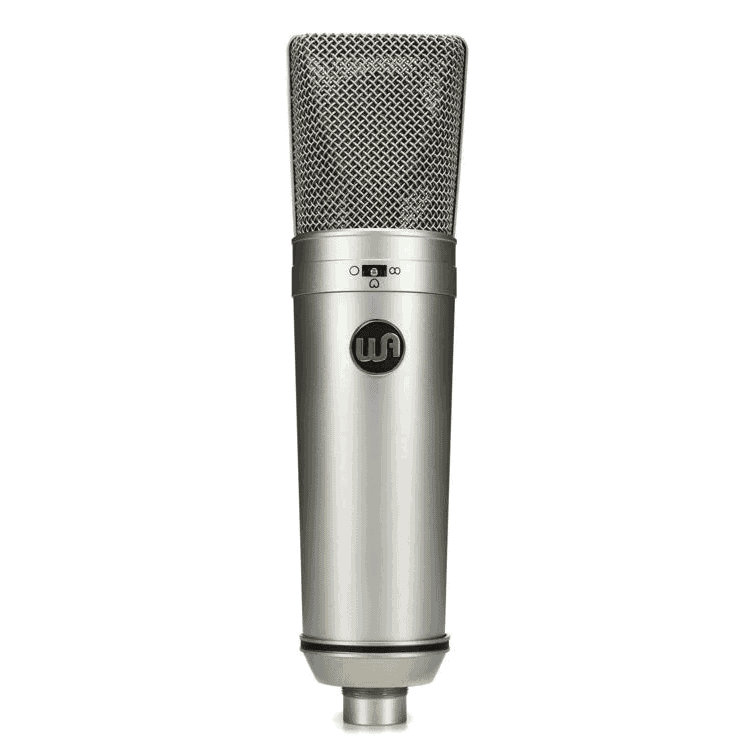 OK, I know we are getting into the higher price range for this microphone and I said this article was about affordability. Nonetheless, the WA-87 is a mic worth mentioning for its price range and usage. Warm Audio modeled this mic after the iconic Neumann U87 large-diaphragm condenser, which is the industry standard still today. The U87’s price tag starts at $4,000 and is unreachable for most starting. With that said, $599 is still a great deal for what this microphone offers!
OK, I know we are getting into the higher price range for this microphone and I said this article was about affordability. Nonetheless, the WA-87 is a mic worth mentioning for its price range and usage. Warm Audio modeled this mic after the iconic Neumann U87 large-diaphragm condenser, which is the industry standard still today. The U87’s price tag starts at $4,000 and is unreachable for most starting. With that said, $599 is still a great deal for what this microphone offers!
If you are going for the feel and similar sound of the U87, then you can give Warm Audio a try. Like the U87, this mic features a selectable cardioid, omni, and figure-8 pattern for versatility, a 10dB pad, and a high-pass filter to remove low-end rumble during recording.
The max SPL is a little lower at 125 dB SPL than the U87 at 127dB (w/10dB Pre-attenuation), but still adequate to record the loudest sources. You don’t have to worry about overloading this microphone.
In terms of if the WA-87 sounds like the U87, you are talking about apples and oranges. Does this mic add a similar flavor to the U87? Yes, it has its merit as a workhorse mic. Does it sound exactly the same? No, but still this is a great sound mic for the price and highly recommended.
Preamp/ Interface
Disclaimer, before purchasing an interface or software, make sure to review your operating system’s compatibility.
1. Behringer U-Phoria UMC22 $68
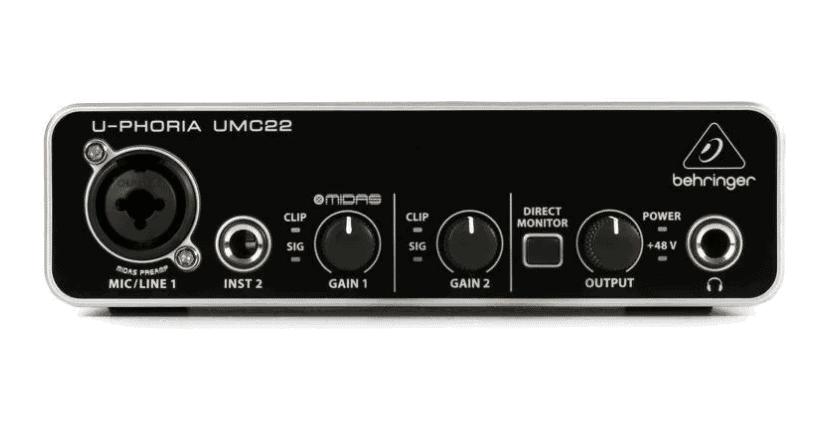 You can’t beat the price for this interface with excellent features. Like the Scarlett Solo, this interface featured a one-mic preamp/line, instrument input, headphone jack, and main stereo outputs. A direct monitor switch is available for low-latency monitoring while recording.
You can’t beat the price for this interface with excellent features. Like the Scarlett Solo, this interface featured a one-mic preamp/line, instrument input, headphone jack, and main stereo outputs. A direct monitor switch is available for low-latency monitoring while recording.
The preamp has genuine MIDAS preamplifier technology for quality conversion with +48V phantom power onboard.
2. Focusrite Scarlett Solo 3rd Gen $110
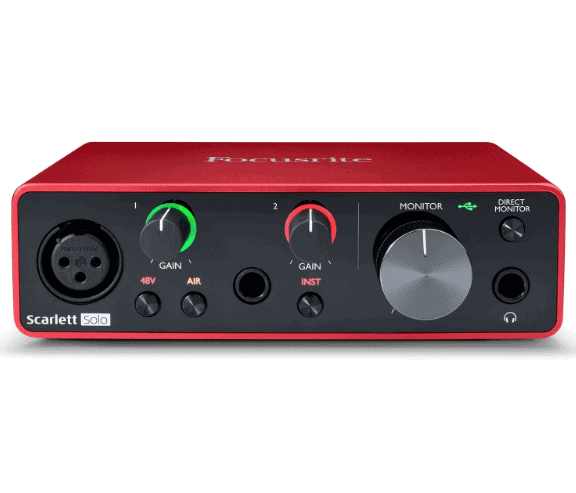 The Scarlett Solo is a one-mic preamp interface with line/instrument input, headphone jack, and main stereo outputs. The reason I chose this as a starter interface is because of the starting point of just over $100. It also offers low-latency direct monitoring for tracking. This is a must to have an artist feel comfortable while monitoring the recording with low latency.
The Scarlett Solo is a one-mic preamp interface with line/instrument input, headphone jack, and main stereo outputs. The reason I chose this as a starter interface is because of the starting point of just over $100. It also offers low-latency direct monitoring for tracking. This is a must to have an artist feel comfortable while monitoring the recording with low latency.
It works by sending the direct input signal to the headphones and bypassing monitoring through the DAW that has latency. This means you can run your DAW at higher buffer sizes while tracking, not worrying about latency issues. Note, that you will need to mute the recording track in your DAW so you don’t hear the latency masking over the direct signal.
Also, the interface includes the acclaimed Air circuit that models their legendary ISA console transformer to give your voice and instrument recordings a brighter, more open sound during recording.
The preamp is acclaimed Focusrite technology. It’s not as high quality as some higher-priced interfaces, but still very adequate for producing great recordings. The converters go up to 24-bit/192kHz for recording and playback for many different end application formats.
If you require more than one mic input, you can upgrade to the Scarlett 18i8 which includes 4 microphone preamps.
3. Universal Audio Arrow Desktop 2×4 | $500
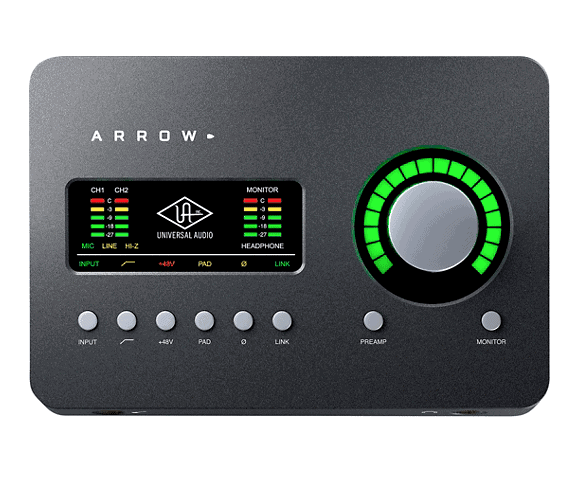 The UA Arrow interface is not the cheapest option, but it is the most bang for your buck for quality. If you are looking for an option of near-zero latency with the feel of plug-and-play analog channel strips, then this is the option for you.
The UA Arrow interface is not the cheapest option, but it is the most bang for your buck for quality. If you are looking for an option of near-zero latency with the feel of plug-and-play analog channel strips, then this is the option for you.
This interface features 2 mic/line inputs, an instrument input, and a headphone jack. On the top, you have input select, high-pass filter, +48 phantom power, a pad switch, phase flip, and link option.
With Unison Technology and real-time plug-ins, you can add great plugin emulations right to the recording source with near-zero latency. To me, while recording it is the closest to feeling like you’re monitoring directly from an analog mixer with no latency. You and your musicians will love it!
You have the option to monitor or print the plugins to the recording, giving much versatility during tracking. The mic preamp is a high-quality design with great clarity for any recording application.
Out of the box the interface Includes studio compressors, EQs, reverbs, guitar amp emulations, and more as part of the “Realtime Analog Classics” bundle.
You only get 2 microphone preamps, so this setup is only for recording 2 mic sources at a time. Great if you’re just recording one musician for vocal and guitar, then overdubbing. If you require more mic preamps, then you can upgrade to the Apollo 8 as you grow.
Please note, that the Arrow interface is Thunderbolt 3, so you will need a computer with a Thunderbolt 3 port or purchase an adaptor to use Thunderbolt 1.
In summary, I believe that following these recommendations for affordable front-end audio gear will help you achieve professional results in your audio production without breaking the bank.
